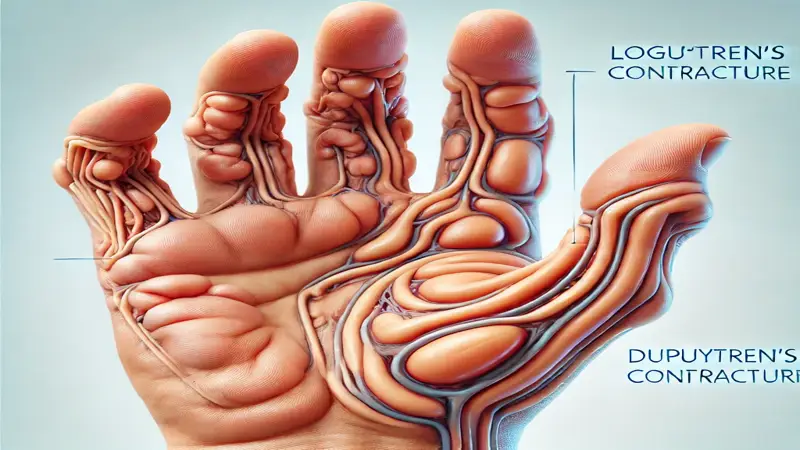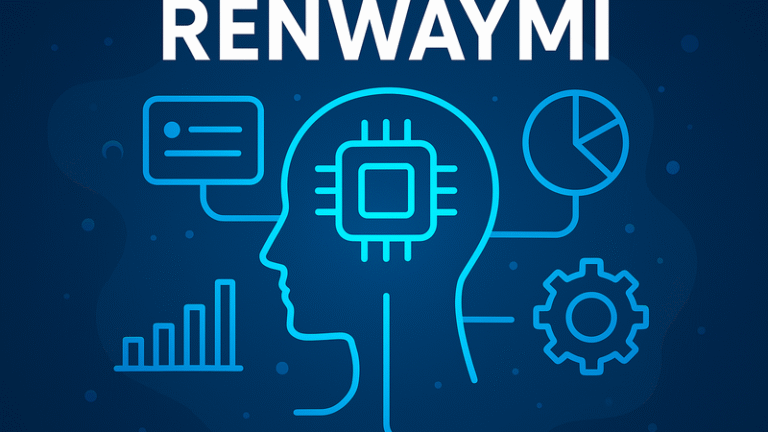
Loguytren problems, medically known as Dupuytren’s contracture, are a progressive hand condition characterized by the thickening and tightening of the palmar fascia—the connective tissue beneath the skin of the palm. This leads to the fingers curling towards the palm, resulting in impaired hand function. Understanding the causes, symptoms, and treatment options for Loguytren problems is crucial for early intervention and maintaining quality of life.
Causes and Risk Factors
The exact cause of Loguytren problems remains unclear; however, several risk factors have been identified:
- Genetics: A family history of Dupuytren’s contracture significantly increases the risk of developing the condition.
- Age and Gender: The condition predominantly affects individuals over 50 and is more common in men than women.
- Medical Conditions: Associations have been observed between Loguytren problems and certain medical conditions, such as diabetes and epilepsy.
- Lifestyle Factors: Smoking and excessive alcohol consumption have been linked to an increased risk of developing this condition.
- Ancestry: Individuals of Northern European descent are more susceptible to developing Loguytren problems, leading to its nickname, “Viking disease.”
- Repeated Hand Trauma: Injuries or repetitive strain to the hands may contribute to the development of the condition.
Symptoms
Loguytren problems typically progress slowly, with early signs often going unnoticed. Common symptoms include:
- Nodules in the Palm: Small, firm lumps may develop under the skin of the palm, which can be tender initially.
- Skin Puckering: The skin on the palm may appear puckered or dimpled due to underlying tissue thickening.
- Finger Contracture: As the condition advances, one or more fingers—commonly the ring and little fingers—bend towards the palm and cannot be fully straightened.
- Reduced Hand Function: Difficulty performing everyday tasks, such as gripping objects or shaking hands, may occur as finger contractures worsen.
- Stiffness and Tightness: Affected fingers may feel stiff or tight, especially in the morning.
Diagnosis
Diagnosing Loguytren problems involves a physical examination and medical history review:
- Physical Examination: A healthcare provider will assess the hands for nodules, cords, and finger contractures.
- Tabletop Test: The patient is asked to place their hand flat on a table. Inability to do so may indicate the presence of the condition.
- Ultrasound or MRI: In rare cases, imaging tests may be used to assess the extent of tissue thickening.
Treatment Options
Treatment for Loguytren problems depends on the severity of the condition and its impact on hand function:
Non-Surgical Treatments
- Physical Therapy: Stretching and strengthening exercises may help maintain hand mobility.
- Steroid Injections: Corticosteroid injections can reduce inflammation and slow disease progression.
- Enzyme Injections: Collagenase injections break down thickened tissue, improving finger extension.
- Splinting: Hand splints may help slow contracture progression, especially when used early.
- Topical Treatments: Some experimental treatments, such as vitamin E creams, are being explored for symptom relief.
- Ultrasound Therapy: Emerging research suggests ultrasound waves may help soften thickened tissue and improve hand function.
- Lifestyle Adjustments: Reducing hand strain by modifying daily activities can help slow progression.
Surgical Treatments
- Fasciotomy: A minimally invasive procedure where the affected tissue is cut to relieve tension in the fingers.
- Dermofasciectomy: This involves the removal of affected tissue followed by skin grafting to restore hand function.
- Needle Aponeurotomy: A needle is used to puncture and break the cords that restrict finger movement.
- Open Surgery: In severe cases, extensive surgery may be required to remove thickened tissue and restore mobility.
- Rehabilitation Post-Surgery: After surgery, physical therapy and rehabilitation are essential for optimal recovery and hand function restoration.
Prevention and Management
While there is no guaranteed prevention for Loguytren problems, certain strategies may reduce risk or manage symptoms:
- Maintain a Healthy Lifestyle: Avoiding smoking and limiting alcohol consumption may decrease risk.
- Hand Exercises: Regular stretching and strengthening exercises can help maintain flexibility.
- Monitor Medical Conditions: Managing underlying health issues, such as diabetes, may reduce progression.
- Regular Hand Massage: Massaging the palms may improve circulation and tissue health.
- Ergonomic Tools: Using hand-friendly tools may reduce strain on affected fingers.
- Dietary Considerations: Some studies suggest that a diet rich in antioxidants may help slow disease progression.
- Alternative Therapies: Acupuncture, massage therapy, and herbal treatments are being explored for symptom management.
Living with Loguytren Problems
Adapting to life with Loguytren problems involves practical adjustments:
- Assistive Devices: Using tools designed to aid grip can facilitate daily tasks.
- Modify Activities: Altering techniques for tasks like typing or cooking can reduce strain.
- Support Networks: Joining support groups can provide emotional support and practical advice.
- Medical Follow-Ups: Regular check-ups can help monitor disease progression and ensure timely treatment.
- Occupational Therapy: Working with a specialist may help patients develop new ways to use their hands effectively.
- Psychological Impact: Coping with physical limitations can be challenging, making mental health support valuable.
Future Research and Innovations
Research into Loguytren problems continues to advance, with promising new treatments under investigation:
- Gene Therapy: Scientists are exploring genetic factors that contribute to the condition and potential targeted treatments.
- Stem Cell Therapy: Experimental therapies involving stem cells aim to regenerate damaged tissue.
- Advanced Medications: New drugs are being tested to slow or stop disease progression at a molecular level.
- Wearable Technology: Smart gloves and hand exercises guided by artificial intelligence may help improve hand mobility.
- Regenerative Medicine: Researchers are studying ways to reverse tissue thickening using novel biological approaches.
- Combination Therapies: Multi-modal treatment plans combining injections, therapy, and surgery are being explored for better outcomes.
Conclusion
Loguytren problems, or Dupuytren’s contracture, is a progressive condition that can significantly impact hand function and quality of life. Early recognition of symptoms and understanding risk factors are crucial for timely intervention. While there is no definitive cure, various treatment options, including non-surgical and surgical methods, can manage symptoms and improve hand mobility. Adopting preventive measures, making lifestyle adjustments, and staying informed about new treatments can play a vital role in managing this condition effectively. Ongoing research into innovative therapies offers hope for better treatment options in the future, potentially leading to improved outcomes for those affected by Loguytren problems.




